DOCtalk by Dr. Gregg 3/18/12
Between Heaven and Earth
L-L-L-L-LET’S GET READY TO RUMBL-L-L-L-L-LE!!!
In the main HIT arena …weighing in at a hefty XX pounds …with more paper system knockouts over recent decades than current scorers have been able to track …the current world champ for health information technology …. LOCAL ”HEAVYWEIGHT” HOSTI-N-N-N-N-N-N-G!!!!
And, the challenger …tipping the scales at ….well, no one’s really sure how much a cloud weighs …with a nearly perfect record in just over decade (or just under depending on who’s keeping the scorecard) …the number one contender … CLOUD ”FLOAT LIKE A BUTTERFLY” COMPUTIN-N-N-N-N-N-G!!!!
***************
In a fun verbal match the other day, I was sparring with one of my mostest favoritest ever tech support gurus over the value of local hosting for HIT versus the developing wave (some might say tsunami) of cloud-based services and tools.
His opening shot was that cloud-based services were great for certain things, but not so much in the world of health.
I countered that cloud-ed services and tools were so end user friendly, especially for us onesy-twosy docs, as they’re much easier on our limited tech support capacities and paycheck-to-paycheck incomes.
His shot to my right kidney was that if your Internet access goes down, you’re hosed.
I covered with my right elbow and the fact that redundant Internet access avenues could almost always allow a quick reconnect to Web resources.
Starting a ringing that continues in my left ear today, he connected with an uppercutting, “Even though cloud server farms are redundant and backup generators with stored fuel are on hand to last for weeks, it has occurred that cloud services have gone dark, even for some techno-giants.” He landed with his “Complex systems have complex failures; that’s cloud computing” quote.
I tried to protect my head with a rising left and a “Being prepared for when the cloud REALLY fails” reference along with the fact that there are clouds that can protect clouds, like Backupify, (though it isn’t designed to do any of the cloud chores we were brawling about).
He shot a roundhouse from the right. “It may be OK for some companies to be down for a bit, but are you OK with the possibility that you could go down? I mean, it sounds good for the vendor to say ‘We have a 99.9% up time,’ right? But, that small percent becomes humongous if it happens to you in the middle of a busy practice. What if you have no access to any patient data for an hour, two, maybe a day or two?”
I gave him a fairly feeble body blow with my, “Well, we just pull out the old pencils and paper and struggle on the old-fashioned way for a bit. We still remember how to write”
Jab, jab…”That may be OK for you as you’re just one guy, but what if you had several or dozens of providers? If the disconnect lasted for any length of time, like with Microsoft’s Azure failure last month, that could lead to a whole heap of data re-entry and a whole lot of ‘best guess’ health provision with clinicians unable to access relevant patient data during those interim pen-and-paper patient visits.”
Bob, weave, duck and cover…”I guess I can’t answer for everybody, but from the cost and upkeep involved with local hosting, it’s gotta be easier and more cost-efficient to live life in the cloud. Sure, I do really like knowing I have my patients’ data right here in my office, but it’s not as if I haven’t had our own server troubles. I mean, we’ve had downtime, too. ”
***************
I had to get back to patients, so the call, and the bout, ended. Judges scored it 10-9, 9-10, 10-10: a draw.
***************
However, it led me to an idea, probably springing from my ever-growing “app me, baby” orientation: Why couldn’t there be a middle ground, something between the cloud and the local host? Why couldn’t there be an app that would, if my cloud turned dark or Internet connection failed, allow me to continue to at least enter patient health and PM data into a local digital barebones skeleton? That local app could allow the temporary, locally-stored data to be extracted and directed into the correct slots in the real system once the Internet was back or the cloud had again become accessible (i.e., white and fluffy)…you know, without the pen-and-paper intermediary.
Sure, access to historical patient data might be temporarily unavailable, but back in the day I never put off a patient when their paper chart got misplaced. And, it wouldn’t have to be completely seamless; it might take a little personnel time to get the data swapped over. But, it would make it far less cumbersome than a paper-based backtrack. Such a local app could easily minimize the disruption to seeing patients, allow ongoing digital data entry, and facilitate data reconnect thus enabling the advantages of, and minimizing one of the objections to, the cloud for us little guys – maybe even for bigger folks, too.
This could be a real haymaker punch for cloud-based EHRs. Something between the cloud and the local host. Something between heaven and earth.
From the trenches…
(PS – I understand MediNotes used to have something similar, but that’s sort of moot, eh?)
“Sure, there have been injuries and deaths in boxing – but none of them serious.” – Alan Minter

Dr. Gregg Alexander, a grunt in the trenches pediatrician at Madison Pediatrics, is Chief Medical Officer for Health Nuts Media, directs the Pediatric Office of the Future exhibit for the American Academy of Pediatrics, and sits on the board of directors of the Ohio Health Information Partnership (OHIP).

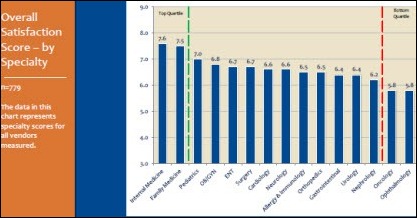
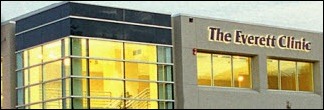
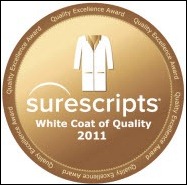
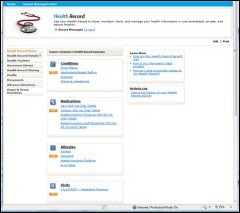


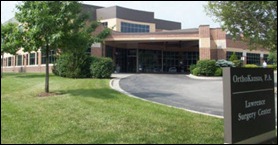

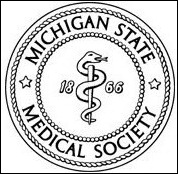
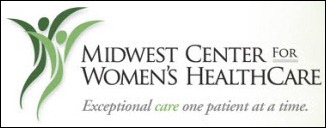


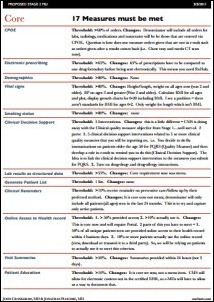

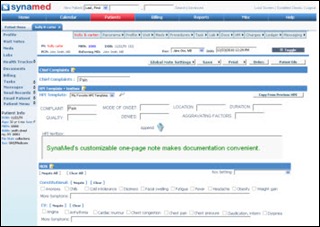
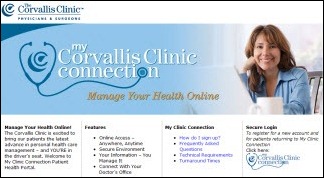
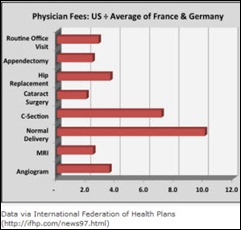
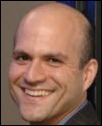

Re: Walmart Health: Just had a great dental visit this morning, which was preceded by helpful reminders from Epic, and…